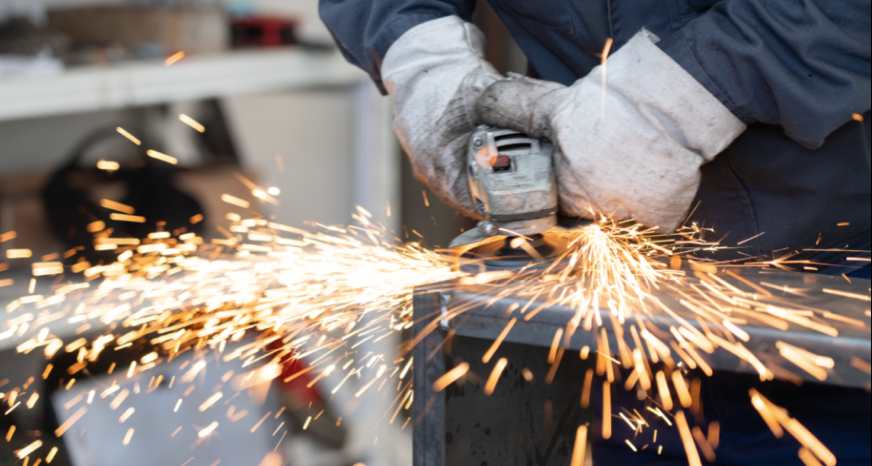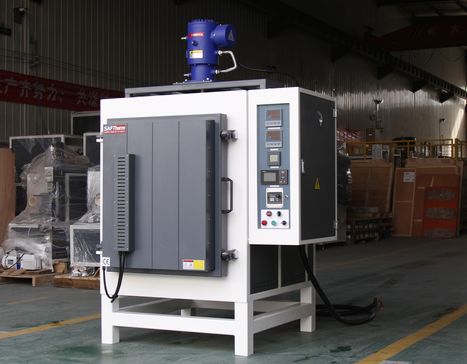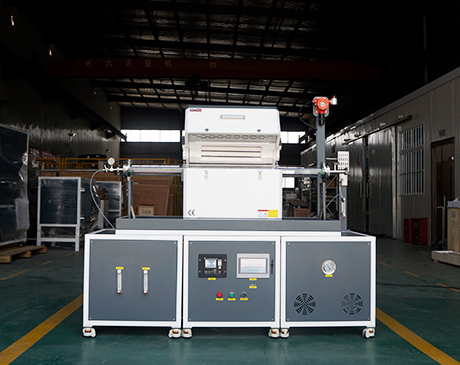Time:
Industrial furnaces are used globally for a wide range of applications. As the selection of applications grew, different types of furnaces were developed to keep up with demands.
ASHING FURNACES
Ashing furnaces are used to determine the amount of ash that forms after a sample is burned. Typical materials used as samples in ashing furnaces are petroleum products, lubricating oils, and coal.
This process is often used to determine any contaminants in the sample, which is sometimes only present if ash is produced. Ashing is used as a preconcentration method to determine any trace substances before chemical analysis.
CALCINATION FURNACES
Calcination furnaces are generally used to prepare raw materials for raw processing or to recover the base material following other processes.
Calcination is a heat treatment processes where samples including minerals or ceramic powders are heated below the melting point to induce phase transition, thermal decomposition, or to remove a volatile fraction.
TEMPERING FURNACES
Tempering furnaces are often used after iron-based alloys have been subjected to hardening or quenching, which can cause excess hardness, stress, and brittleness.
Tempering is the process of heating steel to a specific temperature and then cooling it in still air. The temperature the metal is heated to determines how much hardness is removed.

ANNEALING FURNACES
Annealing is a heat treatment process that is used to soften a sample for improved cold working, machinability, and to enhance mechanical and electrical properties.
Annealing furnaces work by heating up a material and maintaining the temperature before cooling at a suitable rate. Depending on the requirements, different temperatures and cooling rates will be used.
SINTERING FURNACES
Sintering furnaces are used to reduce the porosity of a material and to enhance a specific property including strength, translucency, thermal conductivity, or electrical conductivity.
The sintering process works by forming and compacting a solid mass of material using pressure or heat without melting the sample to the point of liquefaction.
ROTARY TUBE FURNACES
Rotary tube furnaces are circular furnaces that rotate during heat treatment and are often used for continuous materials processing as they can apply heat in multiple thermal control zones.
Related News

9.15 The partners of Santoku Furnace Technology Co., Ltd. embarked on a group tour of Yuntai Mountain, the staff on the road were laughing and full of expectations. Enjoy the happiness in the activity, and get the growth in the happiness!

9.15 The partners of Santoku Furnace Technology Co., Ltd. embarked on a group tour of Yuntai Mountain, the staff on the road were laughing and full of expectations. Enjoy the happiness in the activity, and get the growth in the happiness!

9.15 The partners of Santoku Furnace Technology Co., Ltd. embarked on a group tour of Yuntai Mountain, the staff on the road were laughing and full of expectations. Enjoy the happiness in the activity, and get the growth in the happiness!
Get A Free Quote
Submit Request